#mitsumo len'en
Explore tagged Tumblr posts
Text



Some len'en drawings of Mitsumo & Terumi, Kujiru, and Saragimaru
#len'en art#len'en fanart#len'en project#len'en#mitsumo and terumi#mitsumo len'en#adagumo no saragimaru#kujiru kesa#digital fanart#beginner artist
10 notes
·
View notes
Text
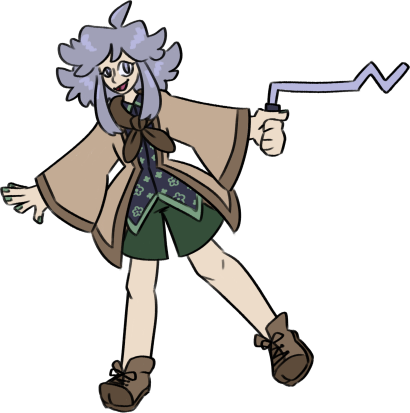


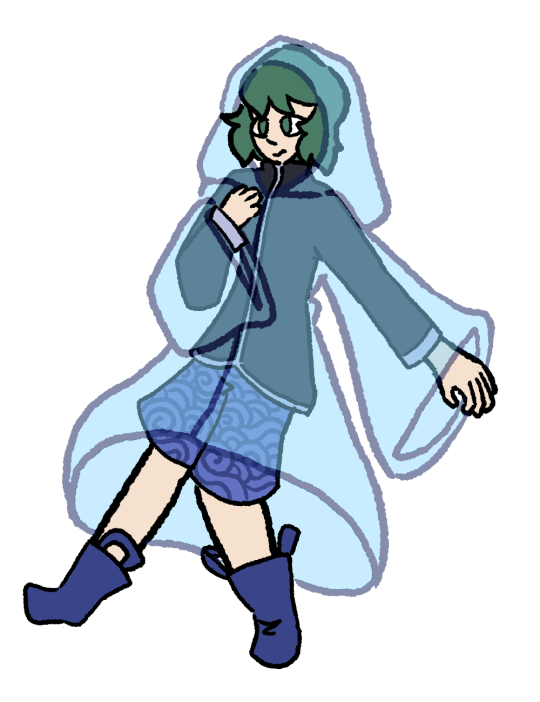


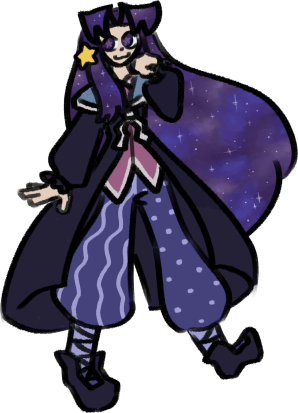
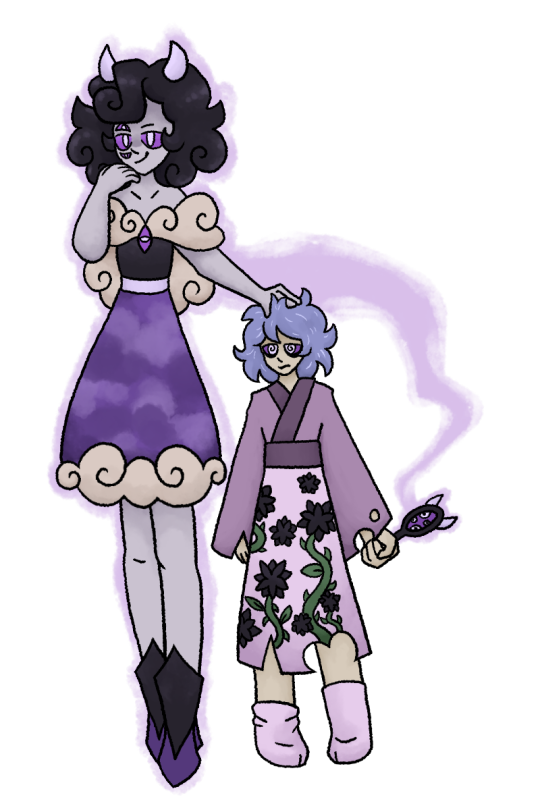
sum len'en redesigns!! i drew some redesigns in the way that i'd imagine id draw these guys if i came up with the designs, i tried to keep it recognizable though, like keeping similar colors, clothe structures, all that i quite like how these came out tbh (although i put more effort into some of them than other lmoa) idk if ill do more of these, maybe i will if i get some ideas, probably not though lol
#len'en#len'en project#yabusame houlen#tsubakura enraku#kurohebi#aoji shitodo#hooaka shitodo#kuroji shitodo#wilhelm von clausewitz halcyon hisuimaru#mitsumo#mitsumo len'en
33 notes
·
View notes
Text

👁
26 notes
·
View notes
Text
That time when I felt like Len'en didn't do enough with the idea of a creepy mirror that steals people's souls and decided to put my own spin on them



And then I decided to make a character from the child the mirror kidnapped who ended up somewhere else in the setting



#the chaos zone#len'en#mitsumo#terumi#donkey kong#chunky kong#super mario#super mario rpg#mack#claymorton#touhou#yuugenmagan visage#when this terumi gets old enough to figure things out her pronouns will be she/they just in case i need to clarify
6 notes
·
View notes
Note
So what's the deal with everybody's favorite spoopy mirror Mitsumo?
It's been a while since my last post, hasn't it? I'm glad to be back doing another one
I've been busy with my Len'en Tweet Collection project recently, a thorough translation of all tweets related to JynX and Len'en! Check it out if you'd like, but it is mainly just for archival purposes, any info will be logged on the Len'en wiki eventually.
Now! Back to our topic of the day. One might think that there won't be much going for this stage 1 boss, especially since they don't even contribute to the world-building much, unlike Souko.
I thought that would be the case as well, but as I did my research, I found that there's actually still quite a bit to go through with them. So, let us take a dive into this silly-looking mirror and their tagalong!

Visualized Mental Scars — Mitsumo (and Terumi!)
Name: Mitsumo
The name Mitsumo (照雲) is a simple one, comprised of two kanji meaning "illuminate" (照) and "cloud" (雲) respectively.
These are likely taken from the first kanji in shouyoukou (照妖鏡) and ungaikyou (雲外鏡) respectively, the type of object Mitsumo is/inhabits, and the youkai Mitsumo is based on. More on them later.
Name: Terumi
Terumi (輝美), Mitsumo's little tagalong, also has a simple name, the two kanji meaning "shine" (輝) and "beauty" (美) respectively. This name is also a pun on the Japanese word for "mirror", kagami (鏡), as the two kanji can be read as kaga and mi respectively.
Background: Evil-illuminating Mirror
The only concrete piece of information we have about Mitsumo, is that they are a "evil-illuminating mirror" youkai.
An "evil-illuminating mirror" (照妖鏡 CN: zhàoyāojìng JP: shoumakyou) refers to enchanted mirrors originating from Chinese legends that are able to reveal a youkai's true form or magic.
In Japanese tales, they're more often known as "demon-illuminating mirrors" (照魔鏡 shoumakyou) or "youkai-felling mirrors" (降妖鏡 gouyoukyou).
And that's all we know about Mitsumo. Notably, it's not even clear whether they are the mirror itself or a spirit inhabiting the mirror.
Abilities
Project Trauma
Mitsumo is known to have two major abilities, chief amongst them is their ability to "project trauma".
The verb used in the original Japanese is utsusu (映す), which refers to the action of a mirror capturing a reflection and showing its image upon its surface. But also to project something, like onto a TV screen or onto a wall.
So we can surmise that Mitsumo is able to show whoever looks into them their greatest trauma, destroying their minds and taking them over as a vessel.
When this happens, that headband with the tiny mirror apparently manifests on their victims head, and Mitsumo gains total control over them. This is needed because, being a mirror, Mitsumo cannot move by themself much, and thus requires assistance.
Producing Clouds
As we can see in BPoHC though, Mitsumo and Terumi ride on a tower of clouds to fly about and fight the protagonists.
This is revealed in a Kanae stream to be an ability they employ when they're getting ready to fight, as it allows them quick escape should their vessel get struck down in battle.
However, this apparently consumes much youkai energy, so Mitsumo prefers to avoid using it if they can.
Mythological Basis: Ungaikyou
Mitsumo is likely based on the ungaikyou (雲外鏡 mirror beyond the clouds), a youkai first seen in the 18th century artist Toriyama Sekien's Illustrated Bag of One Hundred Housewares (百器徒然袋).
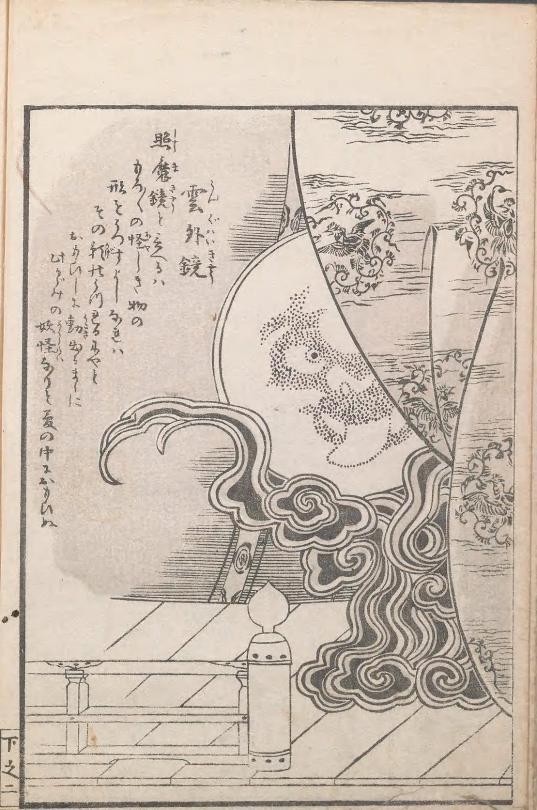
Above: Toriyama Sekien's illustration of the ungaikyou
Not much is known about the original ungaikyou, not even what it can do, simply that it exists, at least according to Toriyama.
However, as you can see from the illustration, the mirror rests on a tower of clouds (or mirror stand that is designed to look like clouds), and has a rather silly face in the mirror.
This design is quite heavily reflected in Mitsumo, with the clouds they produce and the many eyes on the mirror.
Origins
The accompanying text for this entry reads:
In my dreams, I thought to myself, "The so called 'evil-illuminating mirror' is able to capture upon its surface the forms of various bizarre things, so when I think about what happens when its shadow is captured, what came to me was this youkai."
It is frankly unclear what Toriyama means by this, though what is agreed on is that this likely suggests:
This youkai is likely invented by Toriyama, if inspired by a dream.
This youkai is likely based on the evil-illuminating mirror.
Not much can be gleaned from this, so we could try turning to its name instead. Ungaikyou, the "mirror beyond the clouds".
It's been suggested that perhaps the name is a reference to the Classic of Mountains and Seas (山海經), read sengaikyou in Japanese. It's a classical Chinese text that notably features a great number of descriptions of Chinese youkai, over 350 of them.
Additionally, it's been suggested that the "beyond the clouds" bit of its name refers to the "clear skies", which is further a metaphor for how the evil-illuminating mirror is able to reveal the true form of things, unobstructed by illusions.
Abilities
While Toriyama does not give any description to what the ungaikyou actually does, later writers have expanded upon the youkai and gave it a variety of somewhat similar abilities.
In the 1997 Dictionary of the Monster (幻想動物事典) by Takumi Kusano (草野巧), he gives the ungaikyou the ability to "show humans the image of a youkai they could become".
In the Illustrated Compendium of Youkai (図説 妖怪辞典) by "Youkai dot com" (妖怪ドットコム), the ungaikyou is given the ability to "control other youkai whose form has been reflected in the mirror".
These two abilities can be seen to combine into Mitsumo's ability, showing whoever peers into them a horrifying sight and then taking over their body.
Nature
As mentioned, there's not much we can tell from Toriyama's original depiction, but many later interpretations group it, and in fact every youkai in this book, into a group of youkai known as tsukumogami.
The word tsukumogami (付喪神 gods/spirits that posses [things that are] ruin[ed]) has been applied to applied to many different things, so what it specifically refers to isn't exactly 100% clear-cut.
In general though, the modern understanding is that they are objects that have existed for 100 years and thus become alive, gaining a spirit of its own.
For the most part, modern interpretation of the ungaikyou considers it a tsukumogami, often of an evil-illuminating mirror.
While there are 2 major examples that differ from this, they clearly do not relate to Mitsumo, so I've elected to omit them.
As far as I can tell, there's nothing that directly indicates that Mitsumo is actually an ungaikyou, let alone a tsukumogami, so there's nowhere we can really go with this, unfortunately.
Mini Theory: What is Mitsumo?
I have a small, not very substantiated theory about Mitsumo that I thought I might as well share anyways.
This theory is based on 2 major facts:
Mitsumo seemingly has a torii shrine gate with them, though warped in a malicious direction, judging by the horns.
Mirrors have long been objects of worship in Japan, popular as shintai, an object in which the gods' spirits dwell, at Shinto shrines.
My little theory goes, that Mitsumo was once worshiped as some sort of god, likely thanks to them being an evil-illuminating mirror, helpful in combating youkai and dispelling evil.
Mitsumo could have been a god that dwelled in the mirror, or they could simply be the mirror's own consciousness once it got old enough and gained a spirit.
Nevertheless, when worship of Mitsumo eventually faded away, they felt betrayed by his followers. These negative feelings eventually boiled over, corrupting them and transforming them into a youkai.
It is, after all, often said that youkai and gods are two sides of the same coin, the difference being only in whether they're worshipped by humans or not. Sometimes, one being can even be both at the same time.
That's all this theory is, that Mitsumo was a god whose worship faded, their resentment towards this transforming them into the malicious youkai that we know today.
Ending
And that's all I've got on Mitsumo, not a lot, but not little either.
They're a rather straight-forward character, all things considered, and yet they still have an air of mystery about them, it's the wonderful charm of Len'en, really. Let's hope that we'll get to learn more about them in the future~!
As usual, I hope you enjoyed~! :)
#len'en#len'en project#len'en lore#mitsumo#I had a lot of fun researching for this!#it's been a long while so perhaps I simply miss it#here's hoping my next break isn't this long#but if is then ah well
26 notes
·
View notes
Text
Okay I'm gonna be doomer for a bit longer but this one is Tumblr exclusive reblogs off because I'm just being petty. I totally bet Nelo is getting added to the list of characters cis people will headcanon as nonbinary because they're weird while they give every other character a binary gender.
#in case you're unaware the rest of the list goes as such:#mitsumo (an evil mirror)#tom (a weird eyeball bird)#and clause (they look like normal by len'en standards and are a normal human but they speak weirdly and have meme status in the fandom)#this is why I headcanon mitsumo as a cis woman btw
1 note
·
View note
Text

1 note
·
View note
Text

I realize the futch scale has fallen out of favour and what not but like. Len'en futch scale
Ramble under the cut
Made this for me and me alone, as my headcanon is that all the Len'ens without a set gender are all the same gender. What that is depends on my mood but it's usually between non-binary and male
This is much more a "feminine to masculine" scale than a futch scale, so my apologies
This is mostly based on my headcanons, which in turn is based on that one gender survey a long time ago
(Also ALSO this is rabbit-of-mugenri's new account, 'cause I can't log in to that account anymore ;_;)
Stone Butch (very masculine): Kurohebi, Clause, Hibaru, Kunimitsu
Butch (masculine): Aoji, Hooaka, Kuroji, Shou, Lumen, Medias, Kujiru, Kaoru, Garaiya, Yago, Jinbei
Soft Butch (somewhat masculine): Tsubakura, Yaorochi, Iyozane, Kaisen
Futch (androgynous): Tenkai
Butchy Femme (somewhat feminine): Yabusame, Sese, Tsugumi, Chouki
Femme (feminine): Suzumi (Hamal Cine), Tsurubami, Sukune, Saragimaru, Fumikado, Mitsumo(?), Sanra, Para, Mitori, Haiji, Terumi
High Femme (very feminine): Jun, Shion, Souko, Xeno a
#len'en#lenen#so my actual headcanon is pretty close to this#but with kujiru and especially yaorochi more femme#and shion a wee bit more butch
9 notes
·
View notes
Note
How would you rank the Len'ens from oldest looking to youngest looking? (Kinda like what I did here)
This is a tricky one! (Mainly because I don't think about this too much; only with characters in relation to each other during a scene when writing.) I decided to give a go nevertheless!
(Disclaimer: This list is very subjective. I contextualize how old a character appears in a general range (ex: "Sukune looks like a kid"; "Kaoru looks like they're in their forties") as opposed to anything ironclad. So please take these rankings with a grain of salt. I certainly am.)
(Putting this under a "read more" in order to prevent painful scrolling.)
Oldest
Yago
Souko
Chouki
Mitsumo
Yaorochi
Hibaru
Kaoru
Tsugumi
Sanra
Saragimaru
Garaiya
Tenkai
Medias
Kunimitsu
Tsurubami
Fumikado
Xeno a
Haiji
Iyozane
Clause
Kurohebi
Kaisen
Tsubakura
Kujiru
Yabusame
Jun
Suzumi
Lumen
Kuroji
Para
Hooaka
Mitori
Shou
Aoji
Sukune
Sese
Jinbei
Terumi
Shion
Youngest
#I've been spotted! (inbox)#orange and her bizarre len'en headcanons#len'en#len'en project#literally everyone#(I am not tagging all these guys)#another thing that makes this tricky#is that youkai in Maiden's Mugenri#typically appear ''humanoid but off'' to a lot of people#so many have to use magic in order to pass as human#this naturally impacts how old youkai characters look lol#so don't be surprised if some character placements are off compared to others
6 notes
·
View notes
Text

just a mitsumo
#lenen#len'en#len'en mitsumo#i guess that tag works#not horror au for once!#i just like drawing creepy mitsumo#my art
13 notes
·
View notes
Text

yaay! hooray! trauma
14 notes
·
View notes
Text

Terumi cat
18 notes
·
View notes
Photo

They are friends
17 notes
·
View notes
Text

Inktober day 21: drain
8 notes
·
View notes

